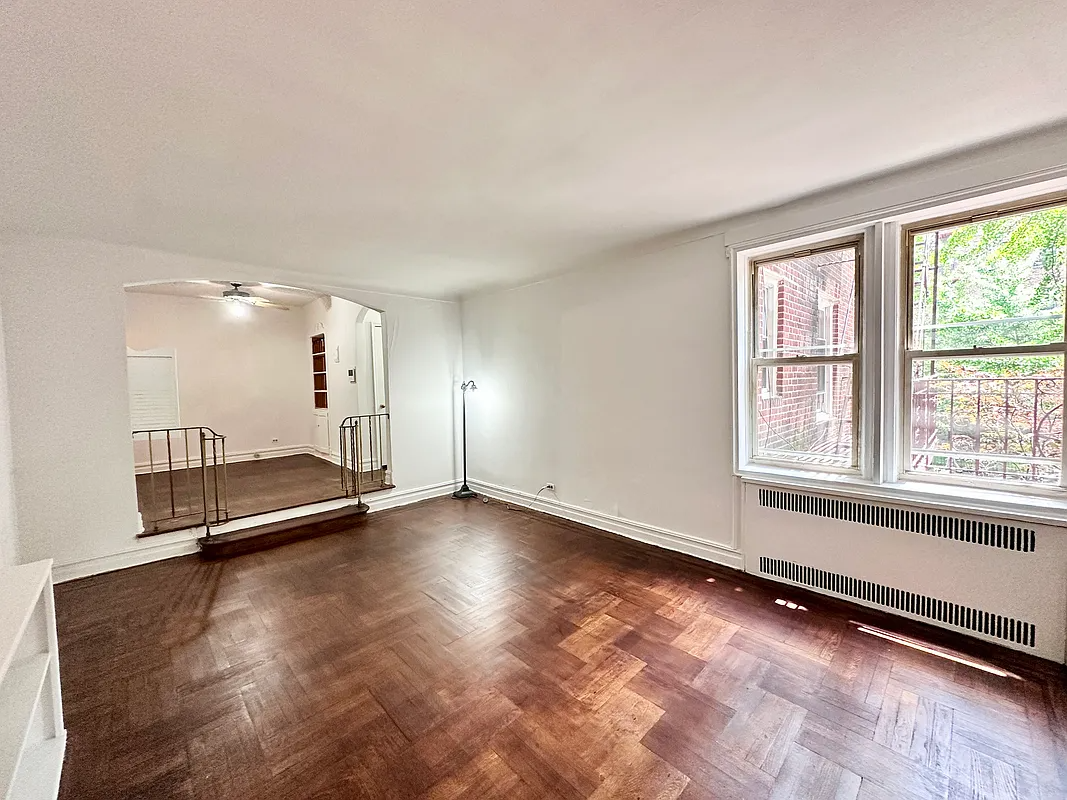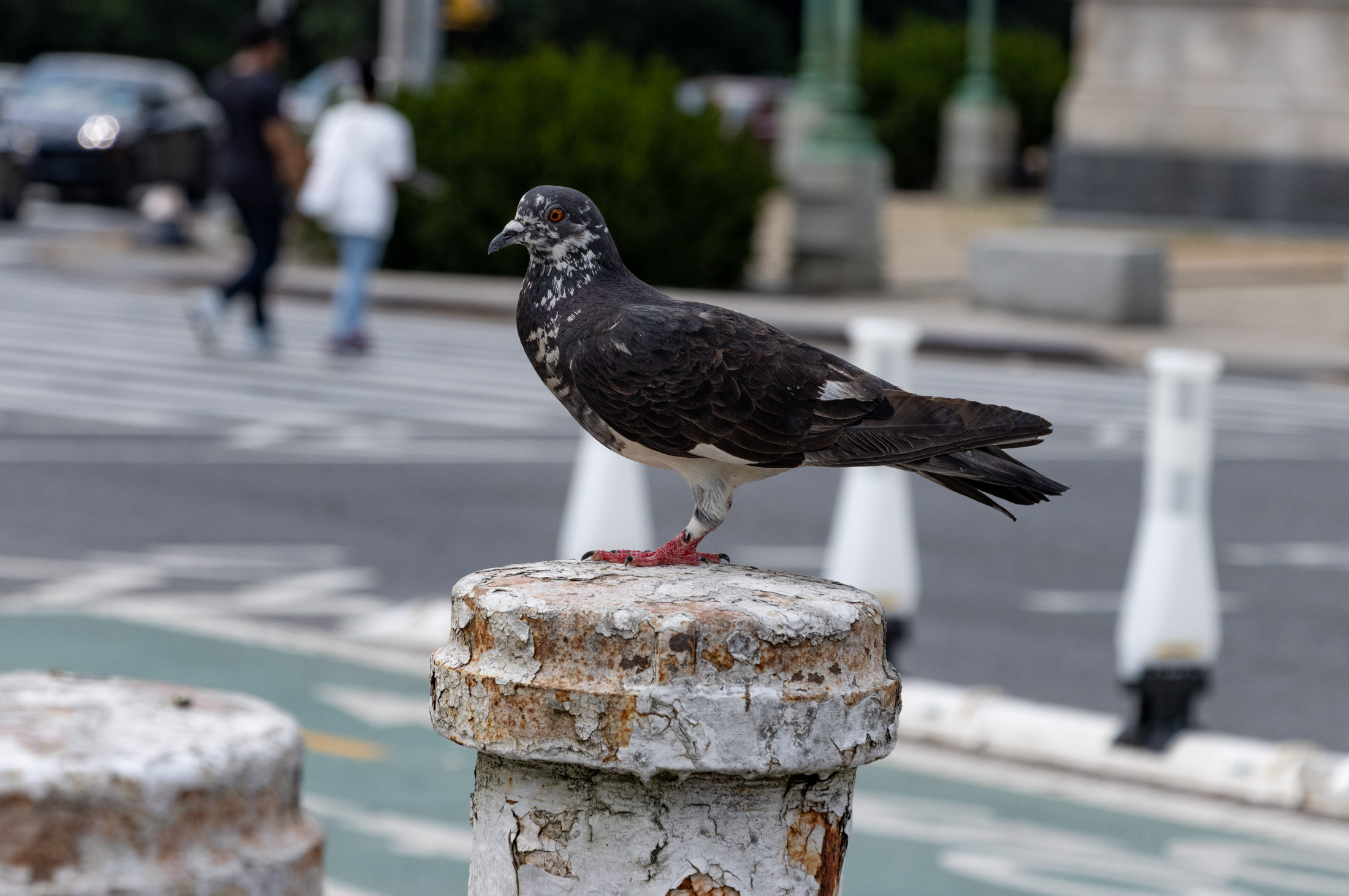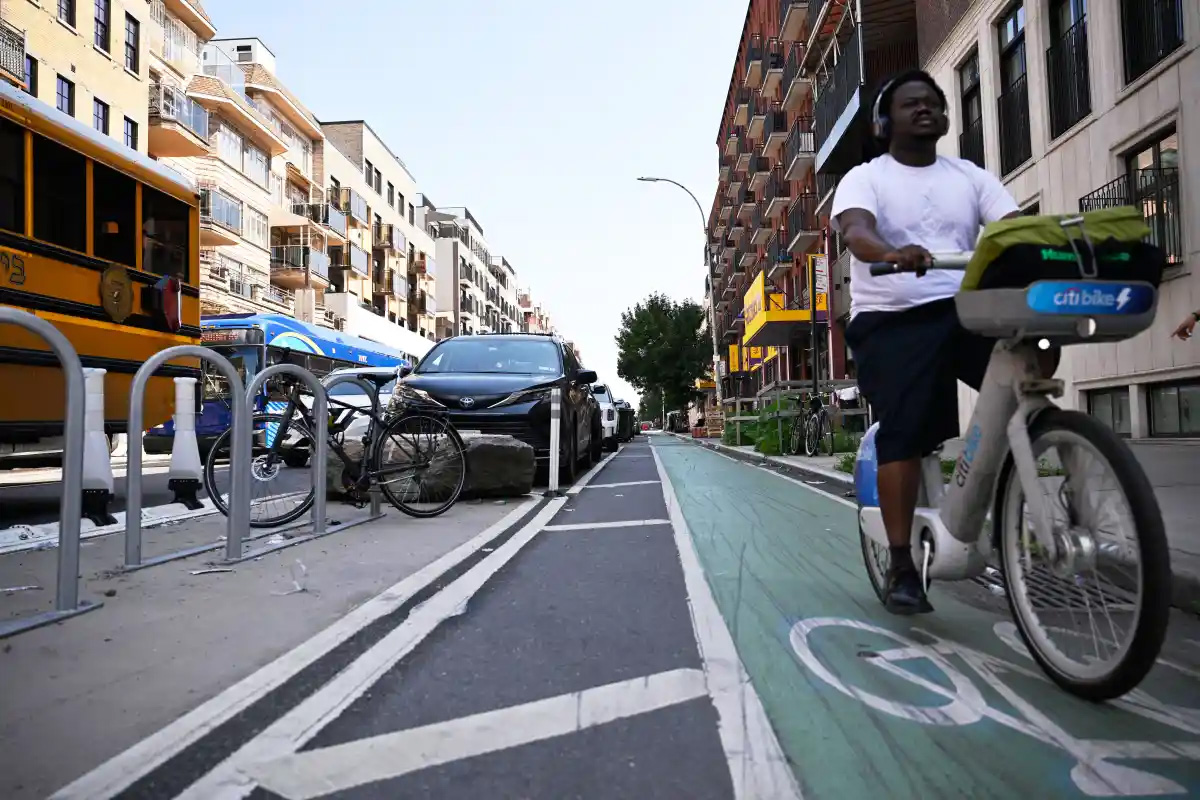Crown Heights To Be Landmarked Today (Hopefully)
As we get ready to post this, the powers-that-be at the Landmarks Preservation Commission are most likely in the process of approving the creation of the Crown Heights North Historic District, the 79th such area to date. The first phase of the landmarking, which is centered around Dean Street between Bedford and Kingston Avenues, will…


As we get ready to post this, the powers-that-be at the Landmarks Preservation Commission are most likely in the process of approving the creation of the Crown Heights North Historic District, the 79th such area to date. The first phase of the landmarking, which is centered around Dean Street between Bedford and Kingston Avenues, will place 472 buildings under protection from death and disfigurement. The designation is a symbol of the area’s resurgence from several decades of poverty and decay that in the end preserved its architectural heritage. Quoth The Times:
Paradoxically, the beauty of the architecture owes much to a lack of money in the 1970s and 1980s, when — as in much of Brooklyn and the city — drugs and poverty and crime drove out the movies and the so-called doctors row. No one had the cash to make bad choices. People didn’t paint the outside all kinds of funky colors and do crazy things, Ms. Brown said. They couldn’t afford to.
The designation (if it indeed happens) will be the result of tireless effort by the members of the Crown Heights North Association who have been lobbying the LPC for years to protect the neighborhood. The blocks in Phase 1 were targeted first because the size of the lots made them most vulnerable to development. Can any CH’ers tells us what blocks will be encompassed in Phase 2?
Seeking Landmark Status, and Hoping to Lose a Label [NY Times]
LPC Proposes Historic District Designation for CHN [NYC.gov]
The Richest Architecture in Brooklyn [NY Sun]
Photo by pantsopticon





Very condescending: “It [landmarking] is a designation more widely associated with Manhattan’s stately blocks, but it is appearing more throughout the boroughs.” Puhlease NYT.
For what it’s worth, most of the people I speak to who are just moving into the area, have never heard of the Crown Hights Riots. Whether that is an indication of how far we have gone past that, or an indication that for many, history is deep in the past, I don’t know. Most were kids then anyway, or out of the city or country in 1991. Sometimes we here in NYC think the world really does revolve around us. I don’t think we should forget the people lost, or lessons learned from events like that, but they should not define us forever. If the NY Times, and everyone else, is going to use the riots as THE moment in CH history, then we really do have something to complain about.
Hooray for Denise and Valerie getting their picture iun the Times! Congratulations to the community, and to the members of and board ot the Crown Heights North Association.
Nicholas DiFonzo, if you’re reading this, you can choose to become part of the community, even you aren’t going to stay more than a couple of years. It will improve the quality of your life.
Congratulations to all who worked so hard to get this designation. There are some really great houses there. I didn’t like the Times article either. There really wasn’t a sense of appreciation (or wonder or surprise) for the architecture and the neighborhood, more like a freaky day trip to the slums. Also, the Crown Heights riots were a long time ago and I am not sure that getting over it’s “image” is what Crown Heights is all about.
Grandpa,
With the addition of CHN, fully 2.4% of all property in NYC is now landmarked. The “where we will build” argument simply doesn’t hold water – there’s a lot of property out there that as-of-right construction is allowed on.
regarding the Fort Greene & Clinton Hill question earlier; the meeting was nicely attended by about 100 people by my count. Prof. Dolkart’s survey are posted on the new Fort Greene Association’s newsletter – http://historicfortgreene.org/FGA_Newsletter_APR07.pdf and the Clinton Hill extensions go north of Willoughby between Vanderbilt & Hall, some eastern extensions between Lafayette & Fulton and a big stretch around the National Register district of Clinton Hill South, south of Fulton between Washington & Classon.They are not all contigious. Hopefully the actual map will be posted sometime soon. CM James spoke at the meeting in support of the extensions and said that she will be bringing these forward along with the Wallabout proposal as a package to the LPC.
Bob, no you’re not the only one who found the NYT article patronizing. Serge and Brenda agree, at the very least. However, I thought it was balanced report for a general audience. It seems to me that anyone who finds the article patronizing is creating more of an ‘us versus them’ dichotomy than the reporter. If local people call their commercial district “vibrant,” their expressing a heartfelt observation but if an outsider calls the street “vibrant,” then they are tourists or worse? Seems like everyone is just agreeing that the place is lively.
I think that GrandPa has a valid point, as does 12:52. I think a careful balance has to be kept. Points to remember though – Landmarking does not mean you can’t build, or renovate. It only means you can’t build non-contextural crap in an historic district. No Fedders or POS like that behemoth on Classon and Fulton. One could build homes like the brownstone rows on Fulton and Carlton, or some of the new ones in Harlem. They at least attempted to blend into the neighborhood. There are plenty of great looking apartment buildings in and outside of CHN, that could be renovated. There is certainly room for building/renovating on Nostrand Ave, from Atlantic to Eastern Parkway. Outside of CHN district in Crow Hill (Prospect Hts/CH border)the conversion of the old Jewish Hospital into rental and coop units has created a lot of new housing, and similar projects could be done in that area, as there are a lot of underutilized industrial buildings.
Cities evolve and change all the time. Crown Heights has lost dozens of the huge freestanding mansions, and blocks of rowhouses from its heyday as a wealthy area. Almost all of those sites are now large apartment buildings. As a lover of architecture, I would have loved to have those mansions with us still, but as someone who advocates affordable housing, and the growth of a city, I certainly can’t fault replacing a one family giant with a building that houses hundreds of people. Landmarking just prevents us from loosing all of those treasures to progress. Let’s keep the survivors for next generations to admire.
I also think that for the near future, landmarking will not make rents go up. CH still has problems, and is an inner city neighborhood with a median income of around $34K. People who can afford a higher rent are going to be very picky about where they are, and some blocks are obviously better than others. Those who can’t afford to move, and have been here for years, are going to stay put as long as possible. In the long run, they will lose, as rising rents are inevitable EVERYWHERE, not just here. The miracle will be to work towards making it possible for all income groups to have a stake and a share in this neighborhood, and insure a mixture of housing opportunities. That will have to include new affordable housing units. That doesn’t mean they have to be fugly, nor does it mean living in a fake Disneyland Victorian town.
The designation will have no effect on rents or sales prices, because the residents of Crown Heights–unlike those of other neighborhoods we could name–are good, community-oriented, salt-of-the-earth people who will purposely get less rent and sales money than they could, in the name of preserving the area’s affordability and character.
I think that before we complain about landmarking, all the empty sites should be developed. There is a derelict building on my block that has been sitting empty for years and we are four blocks outside of the proposed landmark district. So I say we build new housing right there. Not the mention the many others in surrounding blocks.